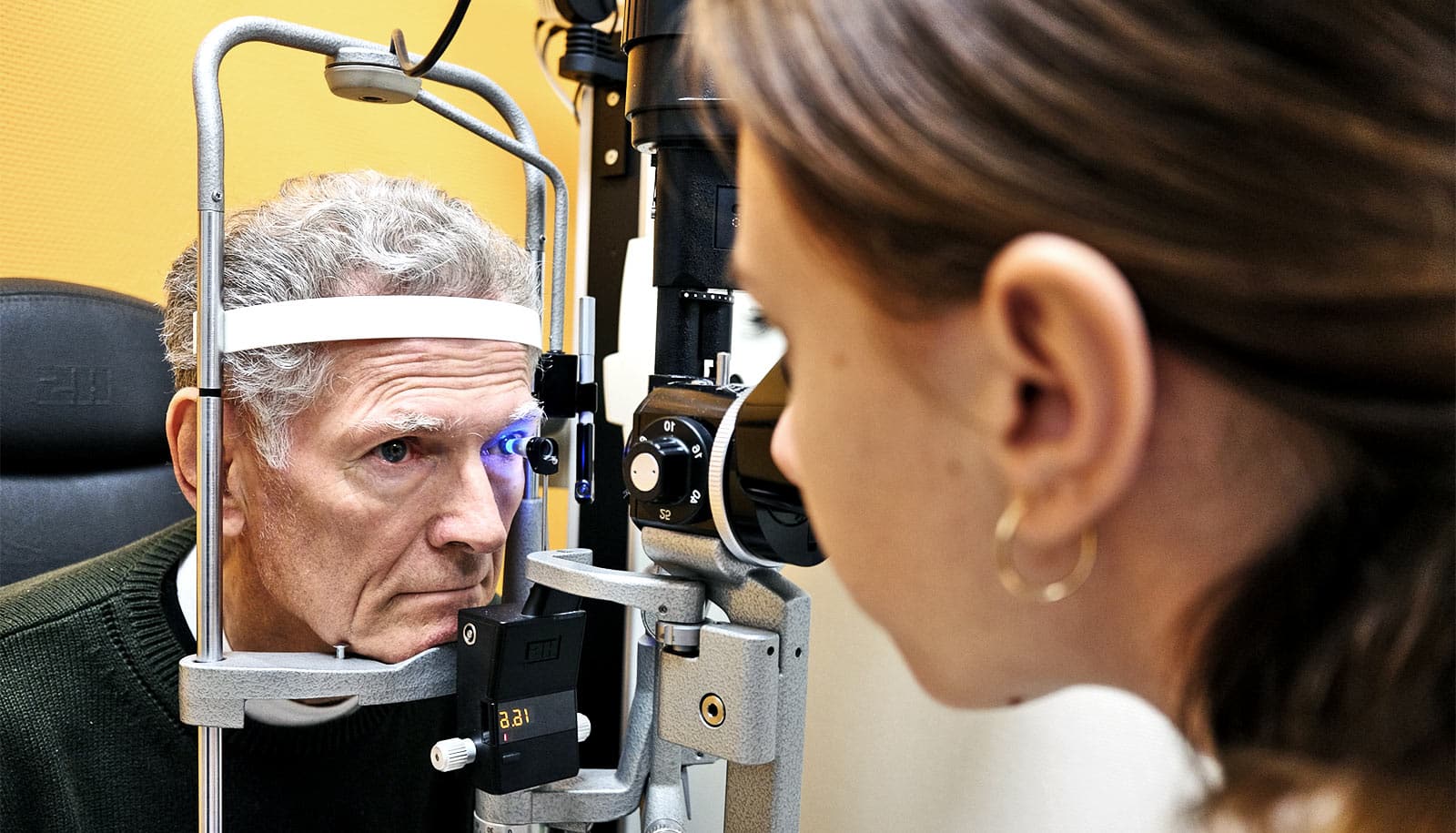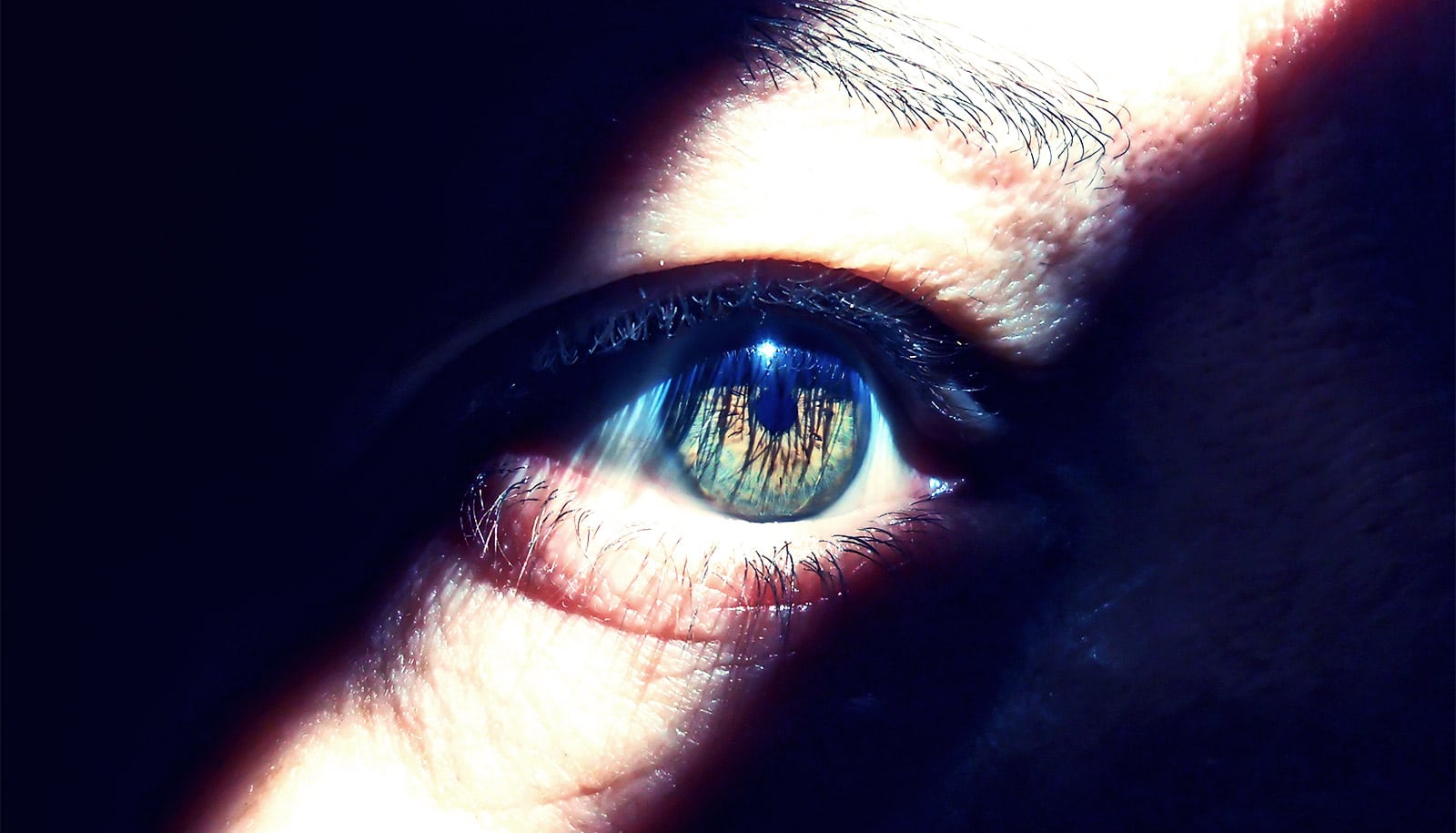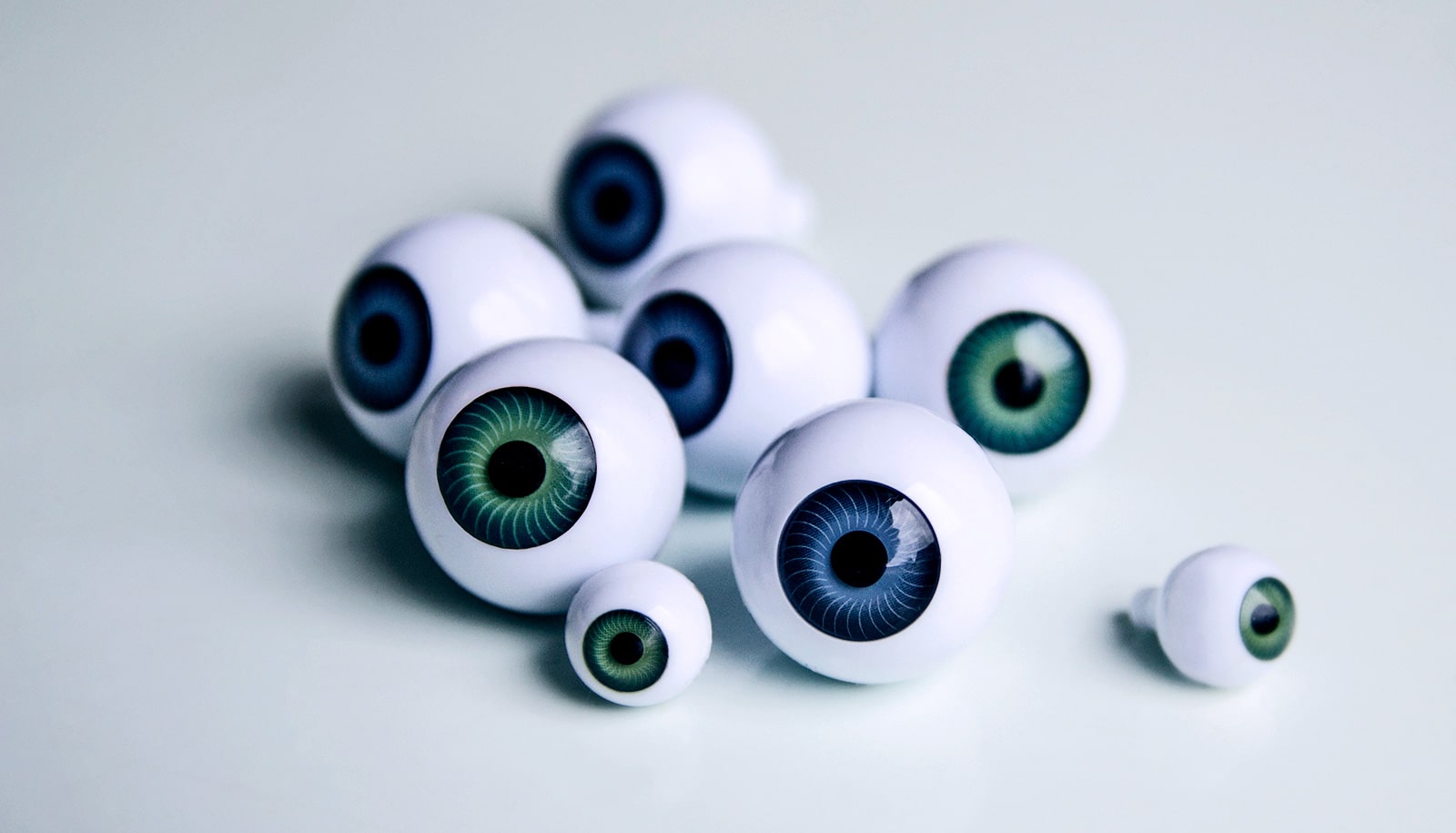New generation CRISPR technology could pave the way for therapeutics to treat inherited retina diseases, researchers report.
“In this proof-of-concept study, we provide evidence of the clinical potential of base editors for the correction of mutations causing inherited retinal diseases and for restoring visual function,” says Krzysztof Palczewski, chair and a professor in the Gavin Herbert Eye Institute’s ophthalmology department at the University of California, Irvine School of Medicine. “Our results demonstrate the most successful rescue of blindness to date using genome editing.”
Inherited retinal diseases (IRDs) are a group of blinding conditions caused by mutations in more than 250 different genes. Previously, there was no avenue available for treating these devastating blinding diseases. Recently, the FDA approved the first gene augmentation therapy for Leber congenital amaurosis (LCA), a common form of IRD which originates during childhood.
“As an alternative to gene augmentation therapy, we applied a new generation of CRISPR technology, referred to as ‘base editing’ as a treatment for inherited retinal diseases,” says first author Susie Suh, assistant specialist in the ophthalmology department.
“We overcame some of the barriers to the CRISPR-Cas9 system, such as unpredictable off-target mutations and low editing efficiency, by utilizing cytosine and adenine base editors (CBE and ABE). Use of these editors enabled us to correct point mutations in a precise and predictable manner while minimizing unintended mutations that could potentially cause undesirable side effects,” says co-first author Elliot Choi, also an assistant specialist in the ophthalmology department.
Using an LCA mouse model harboring a clinically relevant pathogenic mutation in the Rpe65 gene, the researchers successfully demonstrated the therapeutic potential of base editing for the treatment of LCA and by extension other inherited blinding diseases.
Among other results, the base editing treatment restored retinal and visual function in LCA mice to near-normal levels. Base editing was developed at the Broad Institute of MIT and Harvard in the lab of David Liu.
“After receiving treatment, the mice in our study could discriminate visual changes in terms of direction, size, contrast, and spatial and temporal frequency,” says Palczewski.
“These results are extremely encouraging and represent a major advance towards the development of treatments for inherited retinal diseases.”
Gene therapy approaches to treating inherited retinal diseases are of special interest given the accessibility of the eye, its immune-privileged status, and the successful clinical trials of RPE65 gene augmentation therapy that led to the first US Food and Drug Administration-approved gene therapy.
Now, as demonstrated in this study, base-editing technology can provide an alternative treatment model of gene augmentation therapy to permanently rescue the function of a key vision-related protein disabled by mutations.
The new paper appears in Nature Biomedical Engineering.
Support for the research came from the National Institutes of Health; the Research to Prevent Blindness Stein Innovation Award; Fight for Sight; the Eye and Tissue Bank Foundation (Finland); the Finnish Cultural Foundation; the Orion Research Foundation; the Helen Hay Whitney Foundation; US Department of Veterans Affairs; and a Research to Prevent Blindness unrestricted grant to the Department of Ophthalmology, University of California, Irvine.
Source: UC Irvine



